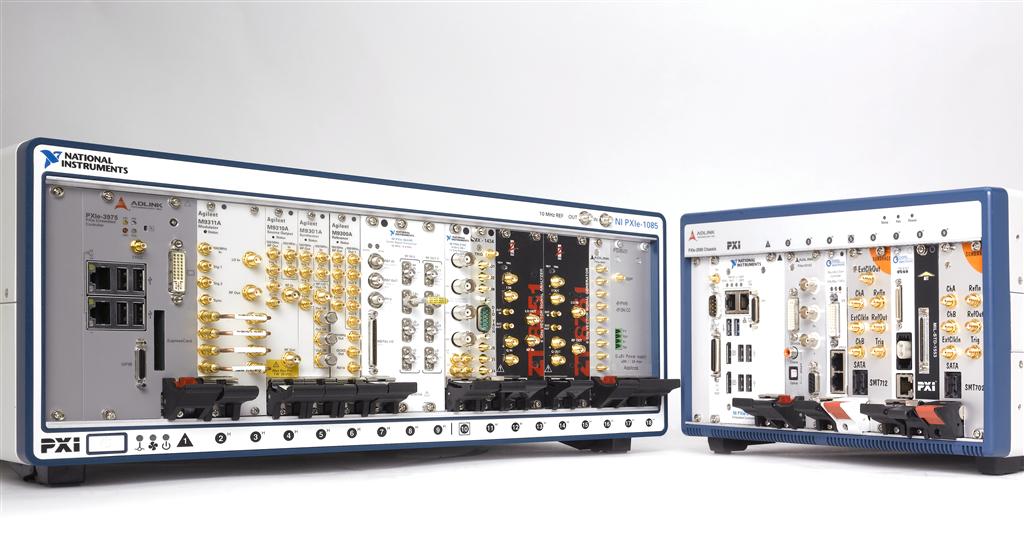Description
The National Instruments SA1500X, with part number 784256-01, is a high-performance oscilloscope probe from the Oscilloscope Probes series.
It adheres to stringent electrostatic discharge voltage safety protocols, ensuring safe operation in sensitive environments. The probe offers an input coupling of 50 Ohms and is versatile with both AC and DC coupling capabilities.
With a measuring frequency of up to 1.5 GHz and a maximum input voltage of 20 V, it is suitable for a wide range of applications. It requires a current of 150 mA and a power supply voltage of 24 VDC to function effectively.
The SA1500X is built with a cable length of 1.3 meters, providing ample reach for various testing scenarios. It can handle a dynamic voltage range of ±8 V and has an attenuation ratio of 10:1.
Designed for high-speed measurements, this probe is compatible with fast-paced testing requirements and is certified with international power standards. The input capacitance of the probe is a minimal 0.9 pF, which helps in maintaining signal fidelity.
| Specification | Detail |
|---|---|
| Part Number | SA1500X |
| Manufacturer | National Instruments |
| NI Part Number | 784256-01 |
| Series | Oscilloscope Probes |
| Compliance | Electrostatic Discharge Voltage Safety Protocols |
| Input Coupling | 50 Ω |
| AC/DC Coupling | Yes |
| Measuring Frequency | 1.5 GHz |
| Maximum Input Voltage | 20 V |
| Current Requirement | 150 mA |
| Power Supply Voltage | 24 VDC |
| Cable Length | 1.3 m |
| Dynamic Voltage Range | ±8 V |
| Attenuation Ratio | 10:1 |
| High-Speed Compatibility | Yes |
| Power Standards Certification | International |
| Input Capacitance | 0.9 pF |
Q1: What are the key features and specifications of the National Instruments SA1500X, part number 784256-01, that make it suitable for high-speed measurements in sensitive environments?
A1: The National Instruments SA1500X oscilloscope probe can measure frequencies up to 1.5 GHz and has a maximum input voltage capacity of 20 V.
Q2: What are the capabilities and specifications of the National Instruments SA1500X oscilloscope probe, including its input coupling, power requirements, and safety certifications?
A2: The National Instruments SA1500X oscilloscope probe, part number 784256-01, is capable of measuring frequencies up to 1.5 GHz with an input coupling of 50 Ohms, accommodating both AC and DC coupling. It operates safely within electrostatic discharge voltage safety protocols, requires a power supply voltage of 24 VDC and a current of 150 mA, and is certified with international power standards. Its specifications include a maximum input voltage of 20 V, a dynamic
Q3: What is the dynamic voltage range and attenuation ratio of the National Instruments SA1500X oscilloscope probe, and what is its measuring frequency limit?
A3: The dynamic voltage range of the National Instruments SA1500X oscilloscope probe is ±8 V, it has an attenuation ratio of 10:1, and its measuring frequency limit is up to 1.5 GHz.
Q4: What is the maximum measuring frequency and input voltage capacity of the National Instruments SA1500X oscilloscope probe?
A4: The National Instruments SA1500X, part number 784256-01, is designed for high-speed measurements with a maximum frequency of 1.5 GHz, a dynamic voltage range of ±8 V, and an attenuation ratio of 10:1. It is suitable for sensitive environments due to its adherence to electrostatic discharge voltage safety protocols, and features a minimal input capacitance of 0.9 pF to maintain signal integrity, an input coupling of 50 Ohms with both AC
Q5: What are the key features of the National Instruments SA1500X oscilloscope probe, including its input coupling, measuring frequency, and dynamic voltage range?
A5: The key features of the National Instruments SA1500X oscilloscope probe include an input coupling of 50 Ohms, a measuring frequency of up to 1.5 GHz, and a dynamic voltage range of ±8 V, along with adherence to electrostatic discharge voltage safety protocols and compatibility with both AC and DC coupling.



